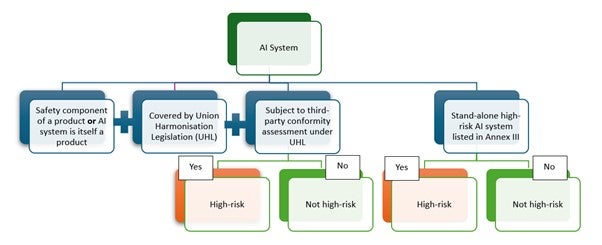Impact of Germany’s Implementation of the European Accessibility Act on Medical Devices

Title: The Impact of Germany’s Implementation of the European Accessibility Act on Medical Devices
Introduction
The European Accessibility Act (EAA) aims to improve the accessibility of products and services across the European Union, ensuring that people with disabilities have better access to essential goods and services. As one of the EU’s leading economies, Germany’s implementation of the EAA has significant implications for various sectors, including the medical device industry. This article explores the impact of Germany’s adoption of the EAA on medical devices, highlighting regulatory changes, industry challenges, and potential benefits for consumers.
Regulatory Changes
Germany’s implementation of the EAA necessitates compliance with new accessibility standards for medical devices. These standards are designed to ensure that medical devices are usable by individuals with disabilities, promoting inclusivity and equal access to healthcare. Key regulatory changes include:
1. Design Requirements: Medical devices must be designed with accessibility in mind, incorporating features that accommodate users with various disabilities. This includes tactile, auditory, and visual enhancements to ensure usability.
2. Information Accessibility: Instructions for use, product information, and customer support must be accessible to individuals with disabilities. This may involve providing information in multiple formats, such as braille, large print, or audio.
3. Compatibility with Assistive Technologies: Medical devices must be compatible with existing assistive technologies, such as screen readers and hearing aids, to ensure seamless integration into users’ daily lives.
Industry Challenges
The implementation of the EAA presents several challenges for the medical device industry in Germany:
1. Compliance Costs: Adapting to new accessibility standards may require significant investment in research and development, redesign, and testing. Smaller companies may face financial strain in meeting these requirements.
2. Innovation Pressure: The need to incorporate accessibility features may drive innovation, but it also requires companies to balance functionality, cost, and design. Ensuring that devices remain effective while being accessible is a complex task.
3. Regulatory Burden: Navigating the regulatory landscape can be challenging, especially for companies operating in multiple EU countries. Harmonizing compliance efforts across borders requires careful coordination and understanding of varying national implementations.
Potential Benefits
Despite these challenges, the implementation of the EAA offers several benefits:
1. Market Expansion: By making medical devices more accessible, companies can tap into a broader market, including the growing demographic of individuals with disabilities and the aging population.
2. Enhanced User Experience: Improved accessibility leads to a better user experience, increasing customer satisfaction and loyalty. Devices that are easier to use can lead to better health outcomes and adherence to treatment plans.
3. Competitive Advantage: Companies that prioritize accessibility can differentiate themselves in the market, gaining a competitive edge over those that do not meet the new standards.
Conclusion
Germany’s implementation of the European Accessibility Act marks a significant step towards inclusivity in the medical device industry. While the transition poses challenges, it also presents opportunities for innovation and market growth. By embracing accessibility, the medical device sector can enhance the quality of healthcare for individuals with disabilities, ultimately contributing to a more equitable and inclusive society. As Germany continues to adapt to the EAA, the lessons learned and strategies developed will likely influence accessibility efforts across the EU and beyond.